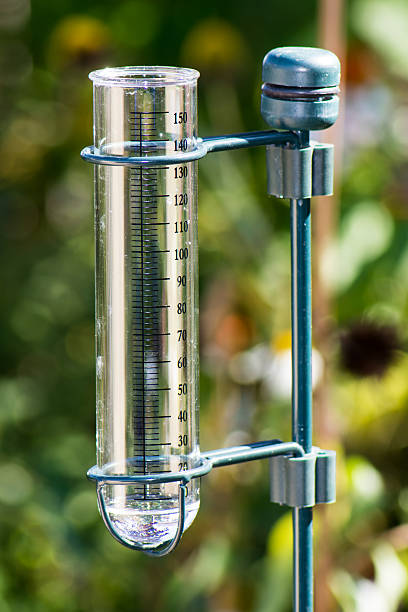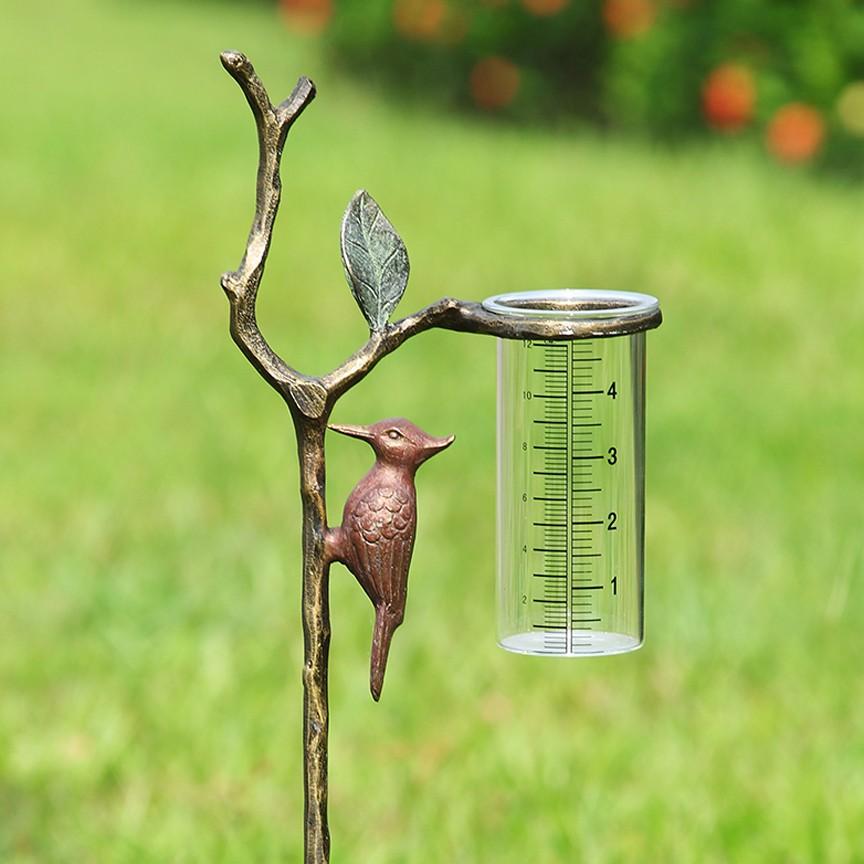Do It Yourself Rain Scale: Basic Steps to Make Your Own
Are you interested in tracking rains in your area? Producing your very own do it yourself rain gauge is a simple and efficient way to measure and tape precipitation. With simply a couple of usual materials and some standard steps, you can easily create your own rainfall scale in your home. In this guide, we will offer you with a detailed process to help you produce your very own rain gauge. No need for any type of specialized knowledge or tools - this job can be completed by any individual. By adhering to these basic guidelines, you will have a trustworthy device to gauge rains and add to your understanding of the local climate patterns. Let's obtain started on making your DIY rain gauge today!
Gather Products
To begin constructing your Do it yourself rainfall gauge, collect all the necessary materials utilizing a detailed checklist of products. Having the best products on hand will certainly guarantee the successful creation of your rainfall gauge and enable for exact measurements of rains. Collecting these materials beforehand will improve the construction procedure and make sure that you have everything you need to develop your very own DIY rainfall gauge.
Prepare the Container

Mark the Measurement Increments
To properly gauge the amount of rainfall, properly marking the measurement increments on your DIY rainfall scale is necessary. Without clear and precise markings, it would certainly be hard to determine the precise amount of rainfall collected in your rainfall scale. Here are the steps to mark the measurement increments on your rainfall scale.
The most typical units for gauging rains are inches and millimeters. Once you have chosen the system, utilize an irreversible pen or waterproof paint to mark the increments on the side of your rain gauge.
When marking the increments, it is essential to make certain that they are equally spaced and clearly visible. Make use of a ruler or measuring tape to ensure accuracy and uniformity. Additionally, see to it that the markings are resistant to fading or abrading, as exposure hop over to here to the elements might cause them to wear away over time.
Place the Rainfall Scale Outdoors
The rain scale need to be placed outdoors to precisely accumulate rainfall information. The location picked for the rainfall gauge should be open and complimentary from any type of blockages that could potentially affect the dimension of rains. It is important to discover an area that is not blocked by trees, buildings, or other frameworks that might obstruct the rainfall from reaching the gauge. This will certainly guarantee that the gathered data is rep of the actual rains in the area.
Additionally, it is important to place the rainfall gauge on a steady surface, such as a level ground or a strong article. This will protect against any kind of movement or tilting of the gauge, which can bring about imprecise dimensions. It is also suggested to avoid placing the scale near any kind of resources of synthetic water, such as lawn sprinklers or drain systems, as this can conflict with the accuracy of the dimensions.
Display and Document Rain Data
Regular tracking and recording of rains data is vital for accurate information evaluation and interpretation. By keeping track of rains dimensions, you can gain useful understandings into weather condition patterns, climate fads, and water source management. To efficiently monitor and tape-record rainfall data, it is necessary to find out develop a regular and maintain consistent techniques.
To start with, ensure that your rain scale is placed in an open area away from barriers such as trees or structures that might obstruct rains. In addition, make sure the rainfall gauge is level and safely secured to stop any kind of activity that might impact the accuracy of the dimensions.

When videotaping the rains information, it is essential to keep in mind the date and time of each measurement. Make use of a ruler or a measuring adhere to establish the rainfall deepness in the rainfall scale, and record this details precisely.
To make certain the accuracy of the dimensions, it is recommended to empty the rain scale after each recording. This will certainly stop any type of overflow or evaporation from impacting succeeding measurements.
Final Thought
Finally, creating a DIY rain gauge is a useful and straightforward method to keep an eye on and record helpful hints rains information (The Rain Gauge). By complying with the actions described in this article, you can easily collect materials, prepare the container, mark the dimension increments, and place the rain gauge outdoors. Consistently keeping an eye on and recording rainfall information can provide important info for numerous purposes
Having the appropriate products on hand will certainly ensure the effective development of your rainfall gauge and enable for precise dimensions of rains.To accurately determine the amount of rains, accurately marking the measurement increments on your Do it yourself rain scale is vital.The rain gauge must be placed outdoors to precisely accumulate rains data. The place chosen for the rain scale must be totally free and open from any blockages that might possibly impact the measurement of rains.In final thought, creating a DIY rainfall gauge is a functional and simple way to keep an eye on and tape-record rains information.